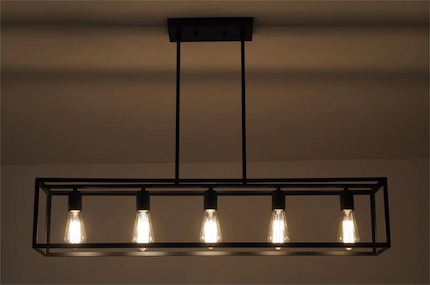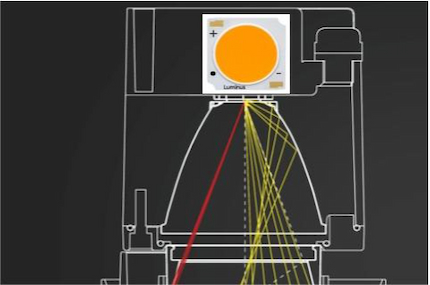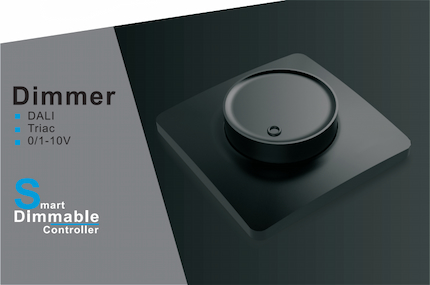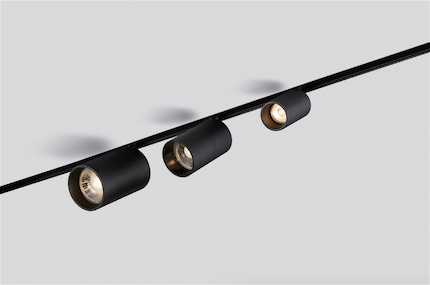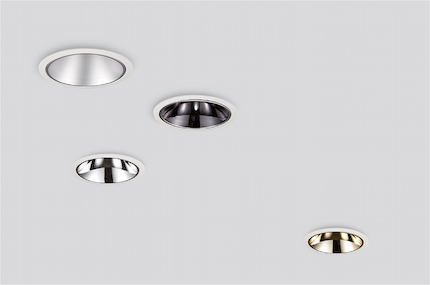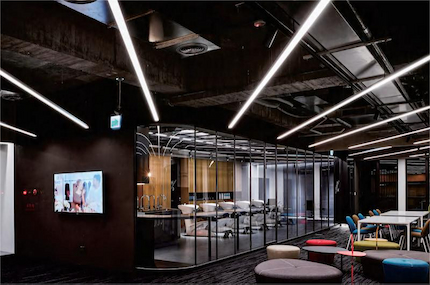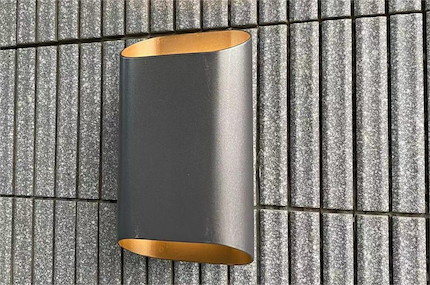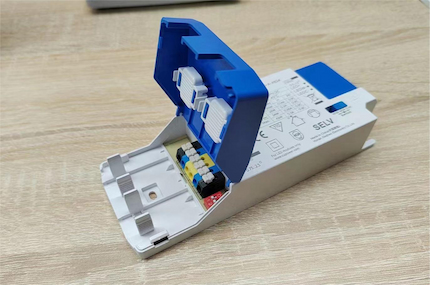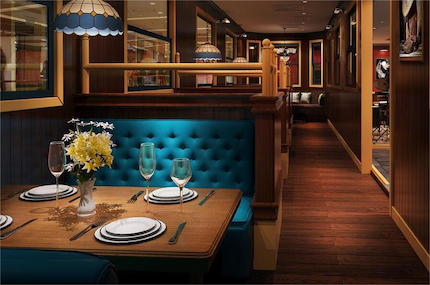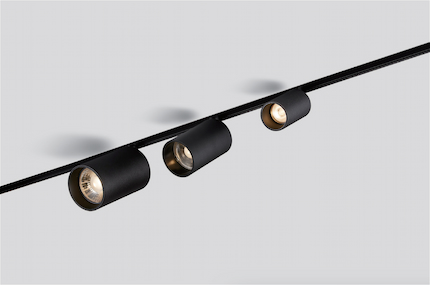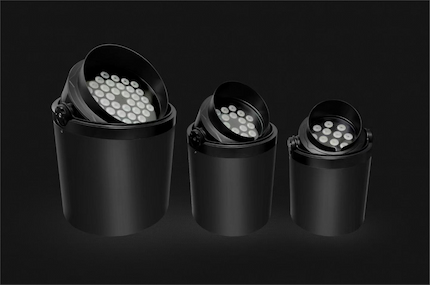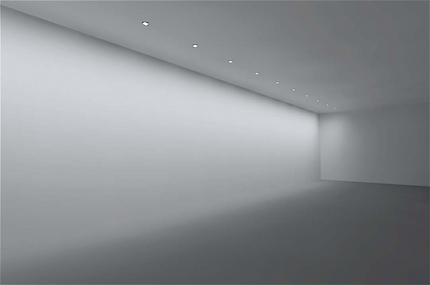Dec 07, 2023
In Today's World, Lighting Plays a Crucial Role In Creating Ambiance And Enhancing The Aesthetics Of Various Spaces. Led Wall Lights, With Their Versatility And Energy-Efficient Properties, Have Become Popular Choices For Both Indoor And Outdoor Lighting Applications. This Article Aims To Introduce Led Wall Lights, Highlight Their Important Features, And Explore Their Significance In Transforming Spaces. We Will Delve Into The Key Aspects Of Led Wall Lights, Including Their Design, Functionality, And Suitability For Different Environments.
1. Understanding Led Wall Lights:
Led Wall Lights Are Fixtures Specifically Designed To Be Mounted On Walls And Provide Illumination While Adding a Touch Of Style To The Surroundings. They Come In a Variety Of Shapes, Sizes, And Styles To Suit Different Preferences And Architectural Designs. Whether Used Indoors Or Outdoors, Led Wall Lights Have Gained Popularity Due To Their Numerous Advantages Over Traditional Lighting Options.
2. Important Features Of Led Wall Lights:
a) Energy Efficiency: Led Wall Lights Are Highly Energy-Efficient, Consuming Significantly Less Power Compared To Conventional Lighting Methods. They Offer Substantial Energy Savings While Providing Bright And Uniform Illumination.
b) Durability And Longevity: Led Technology Ensures Longer Lifespan Than Traditional Lighting Options, Reducing Maintenance Costs And Frequent Bulb Replacements. Led Wall Lights Are Designed To Withstand Harsh Environmental Conditions, Making Them Suitable For Outdoor Applications.
c) Versatility In Design: Led Wall Lights Come In Various Designs, Including Uplight, Downlight, And Combination Up-And-Downlight Fixtures. They Offer Flexibility In Creating Different Lighting Effects, Such As Accentuating Architectural Features, Highlighting Artwork, Or Providing Functional Lighting For Pathways.
d) Waterproof And IP65 Ratings: Outdoor Led Wall Lights Often Come With IP65 Ratings, Indicating Their Resistance To Dust And Water Ingress. These Lights Are Specially Designed To Withstand Outdoor Elements, Making Them Ideal For Gardens, Patios, And Other Exterior Spaces.
e) Adjustable Beam Angles: Led Wall Lights With Adjustable Beam Angles Provide Excellent Control Over The Direction And Spread Of Light. This Feature Allows For Precise Illumination, Enabling Users To Highlight Specific Areas Or Create Desired Lighting Effects.
f) Dimmable Options: Many Led Wall Lights Offer Dimming Capabilities, Allowing Users To Adjust The Brightness Based On Their Needs And Preferences. Dimmable Led Wall Lights Are Popular Choices For Creating Ambiance And Mood Lighting In Both Residential And Commercial Settings, Adding Versatility To The Overall Lighting Design.
3. Indoor And Outdoor Applications:
a) Indoor Lighting: Led Wall Lights Are Excellent Choices For Enhancing Indoor Spaces Such As Living Rooms, Bedrooms, Hallways, And Corridors. They Can Serve Both Functional And Decorative Purposes, Providing Focused Task Lighting Or Creating Subtle Ambient Lighting.
b) Outdoor Lighting: Led Wall Lights Greatly Contribute To The Safety And Aesthetics Of Outdoor Areas. They Illuminate Pathways, Entrances, And Landscaping Features, Enhancing The Overall Security And Visual Appeal Of The Space. Waterproof And Durable Led Wall Lights Ensure Reliable Performance In Adverse Weather Conditions.
4. Additional Features For Decorative Purposes:
Led Wall Lights Are Not Limited To Providing Illumination Alone. Many Models Include Design Elements Such As Color-Changing Options, Remote Control Functionality, And Decorative Patterns. These Features Enhance The Visual Impact Of The Lighting Fixtures, Allowing For Customization And Personalization Of The Space.
Conclusion:
Led Wall Lights Have Revolutionized The Way We Illuminate And Enhance Our Indoor And Outdoor Spaces. With Their Energy Efficiency, Durability, Versatility, And Various Design Options, They Have Become Integral To Modern Lighting Solutions. Whether Illuminating a Living Room, Enriching a Garden, Or Accentuating Architectural Elements, Led Wall Lights Offer Tremendous Benefits In Terms Of Aesthetics, Functionality, And Cost-Effectiveness. By Choosing The Right Led Wall Lights For Specific Applications, Individuals Can Transform Their Spaces Into Visually Stunning And Well-Lit Environments.
